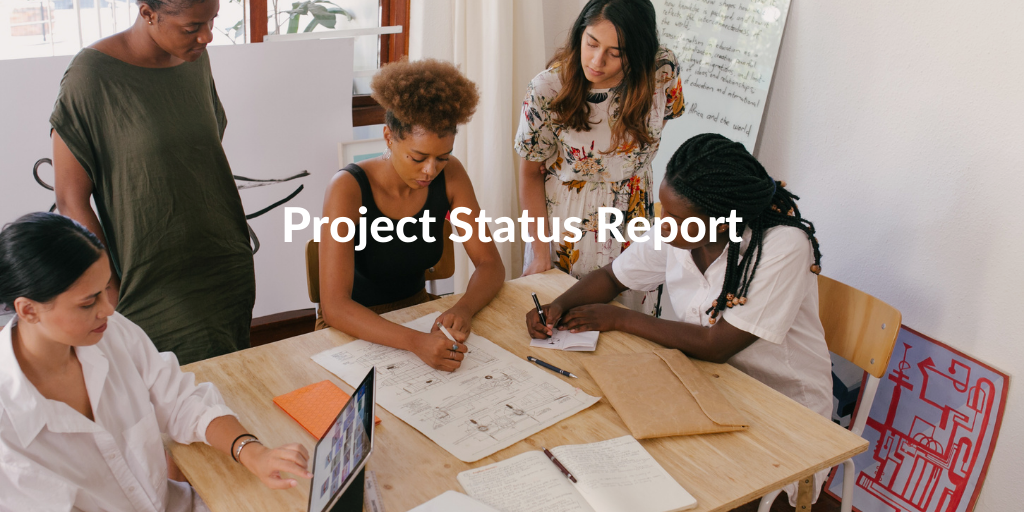Categories
Tags
Newsletter
Subscribe to the QRP International neswletter and get all the news on trends, useful contents and invitations to our upcoming events
Subscribe
The project status report is fundamental in the processing of a project: it allows all interested parties to be periodically updated on the process and on possible problems or accidents. In this article we zoom in on the project status report and see some tips for drafting it in the best possible way.
Project status reports are regular updates on progress made on a given project. They give concise and structured answers to the doubts and questions that may arise to all team members, stakeholders and project boards.
The main purpose of a project status report is to keep everyone involved in the project aligned, reporting progress, delays and costs. The continuous and constant alignment avoids misunderstandings about any delays or problems in processing and allows one to understand the situation.
The project status report should always be compared with the project plan to understand if the project is progressing as established or if delays or inconsistencies are occurring.
The information that must generally be shared within a project status report are:
There are some best practices that are always good to consider while working on a project status report:
To write a project status report that is correct and consistent, it must be aligned with the project brief that has been previously agreed.
Download our Project Brief Template.
The name of the report must clearly refer to the project you are working on. If the document you are creating will be monthly, the best option is to use the month to distinguish it from the following ones. For instance:
If the delivery frequency is more often requested than the monthly, a solution could be the following:
Whether the processing is on time or late, this information must be immediately clear to the reader of the report, to avoid possible misunderstandings.
After indicating whether the project is in line with the roadmap or if it is overdue, summarize the most important elements of the project in 2 or 3 lines.
The goal is to provide essential information even to those who do not read the entire report.
The project status reports are updated on a regular basis. For this reason in each new document it is necessary to give information relating to the period of interest that goes from the delivery of the previous project status report.
Updates can be divided:
All projects run into problems and incidents that need to be properly highlighted. Above all, it is important to keep stakeholders updated on issues arising during processing. This is to make sure that they are aware of any corrective actions that might be needed later.
Graphs, tables and diagrams are of great help in explaining the progress and work done over a period of time. This is why it is essential to use them to make the most important information immediately visible. They stand out at a glance even to those who do not have the technical and formal knowledge to understand all the contents of the report.
The point of view and the notes of a Project Manager regarding the working of a project are fundamental and extremely relevant. For this reason it is an extremely important added value to add notes and comments regarding some specific points to explain in a clearer and more complete way how the process took place.
In PRINCE2 great importance is given to reports and their functions. In fact different types of reports are defined along all the development phases of a project, including:
These reports are compiled by the project team to update the Project Manager and contain information regarding the progress actually achieved compared to those established in relation to the stage plan or work package.
The frequency with which the Project Manager will receive the checkpoint reports is established in advance based on the peculiarities of the project.
The Highlight Report is used by the Project Manager and presented to the Project Board. This is a short, non-detailed report that highlights the progress of the project compared to what was established in the stage plan, underlining the current state of tolerances in terms of time, costs, quality, scope, benefits and risks.
As can be guessed from the name itself, the End Stage Report is produced at the end of each stage in order to compare the progress made with those that had been planned. This document helps the Project Board decide whether to continue with the project or make changes (even substantial ones).
This Report is produced when the project is nearing completion and will be used by the Project Board to assess the progress and results achieved and authorize the closure of the project.
If you want to find out how to best manage a project and learn more about PRINCE2, the most used project management method in the world, find out the dates of our PRINCE2 Foundation course.